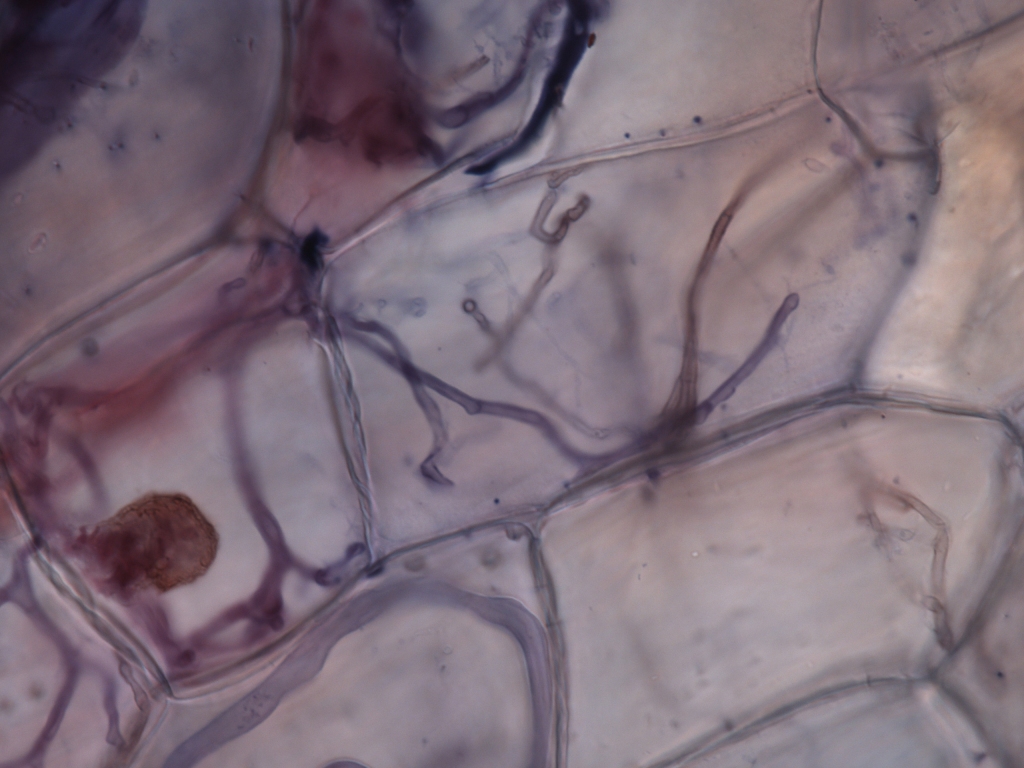By Megan Tan @meganlapin
When I talk about plants and what may influence their growth and occurrence in an environment, it’s easy to mention the presence of sunlight or how much rainfall it gets. These factors we would class as abiotic – physical influences. When biotic factors are brought up, we would probably think of animals such as browsers, herbivores who graze on their favourite plants. But what is often not thought about are the interactions that microbial organisms have in a terrestrial forestry system.
I find that microbial concepts in ecology are so easily looked over. This is probably due to a) we can’t observe their behaviour with our naked eye and b) we often don’t know that they’re present in the environment. With the development of advanced genetic technology in the last 20-30 years, we have a better idea of the microbial organisms present in the environment and their potential role. In terrestrial systems, many of these microbes interact with plants directly or indirectly. For the simplicity of this blog entry I will be focusing on direct interactions. When a direct interaction occurs, this is known as symbiosis.
Symbiosis is the term used to describe any biological interaction between two different organisms. The interaction may be positive, negative or neutral. The main types of symbiotic relationships are parasitism, commensalism and mutualism. Figure 1 sums up the different types of symbioses that are possible.

When it comes to plants in a forest you would probably have come across one of the aforementioned interactions. A parasitic interaction between a microbial organism and a plant causes disease. Resources from a host allows the parasite to live and grow, increasing their fitness. However, the fitness of the host is decreased because this interaction is detrimental. Disease has caused mass population loss to forestry systems. You may have heard of the impact kauri dieback has had on the Waitakere Ranges in the New Zealand media. This effect has also been observed internationally, such as Rapid Ohia disease in Hawaii (Figure 2)
However, not all interactions with microbes are negative for plants. One of the most vital functions in a terrestrial ecosystem involves the mutualistic interaction between plants and mycorrhizal fungi. The fungal party are involved with enhanced nutrient cycling, stress tolerance and even communication between plant individuals in a forest system. Mutualistic interactions such as this allows improvement of fitness between the plant and the fungi. This is a very beneficial interaction, so much so that mycorrhizal fungi and terrestrial plants have co-evolved together multiple times over millions of years. Nowadays mycorrhizal fungi occur with approximately 90% of the world’s plants.

So the next time you go for a trip outdoors, have a look at the surrounding environment. Look at what plants are present and have a think about how they may be thriving. Are they in an ideal environment? Could something else be influencing their survival?
Find out more about microbial symbioses and genetic technology here:
Roh, S., Abell, G., Kim, K., Nam, Y., & Bae, J. (2010). Comparing microarrays and next-generation sequencing technologies for microbial ecology research. Trends In Biotechnology, 28(6), 291-299.
Martin, F., Selosse, M., & Sanders, I. (2015). Mycorrhizal ecology and evolution: the past, the present, and the future. New Phytologist, 205(4), 1406-1423
van der Heijden, M., Bardgett, R., & van Straalen, N. (2008). The unseen majority: soil microbes as drivers of plant diversity and productivity in terrestrial ecosystems. Ecology Letters, 11(3), 296-310. van der Heijden, M.,

Megan Tan is a MSc student at the Joint School of Biodiversity and Biosecurity, University of Auckland. She is a recipient of the Sustainability Research Award for Students 2019 and has also received funding from the Centre for Biodiversity and Biosecurity. Her research is focusing on the effects of mycorrhizal fungi symbiosis on kauri growth. This study is supervised by Bruce Burns of the University of Auckland and Maj Padamsee of Manaaki Whenua Landcare Research. Megan is also a big fan of sweets